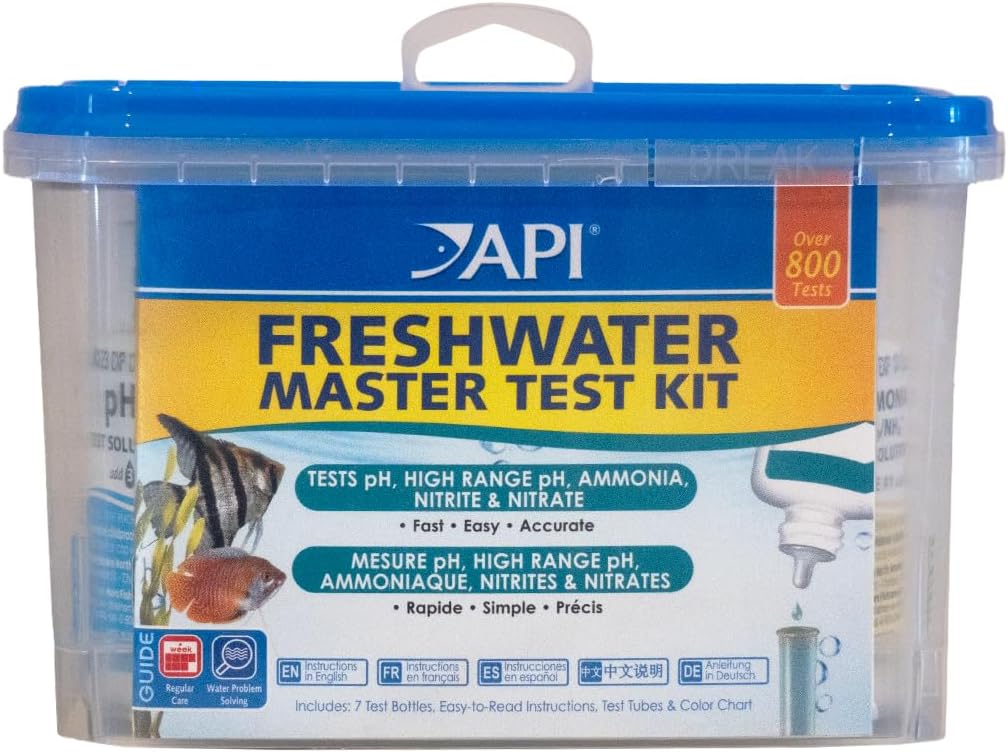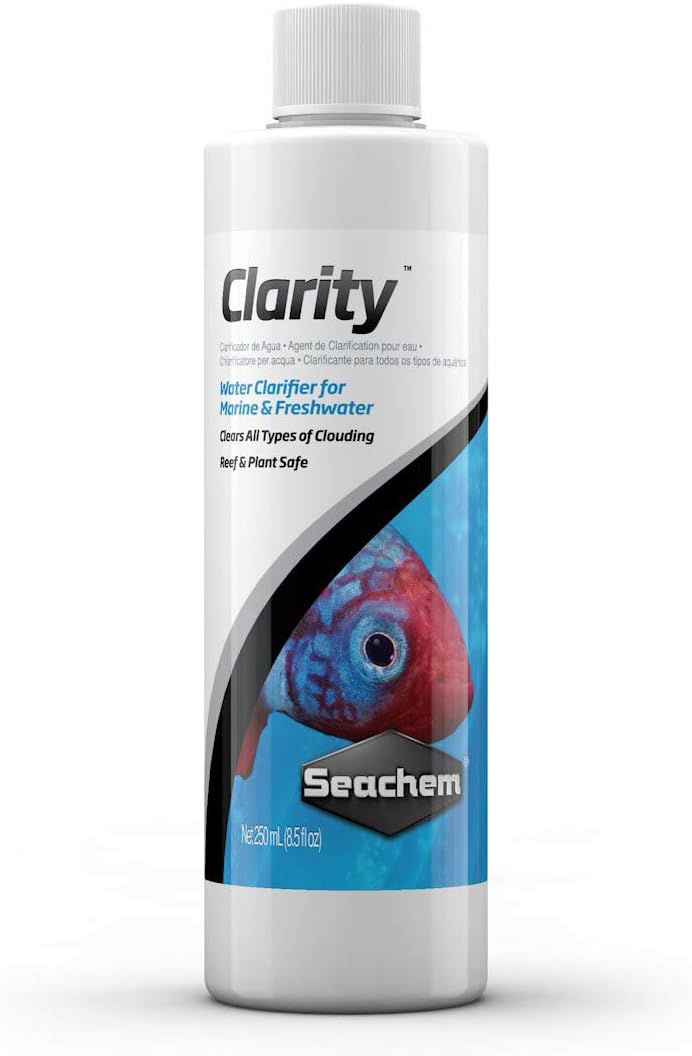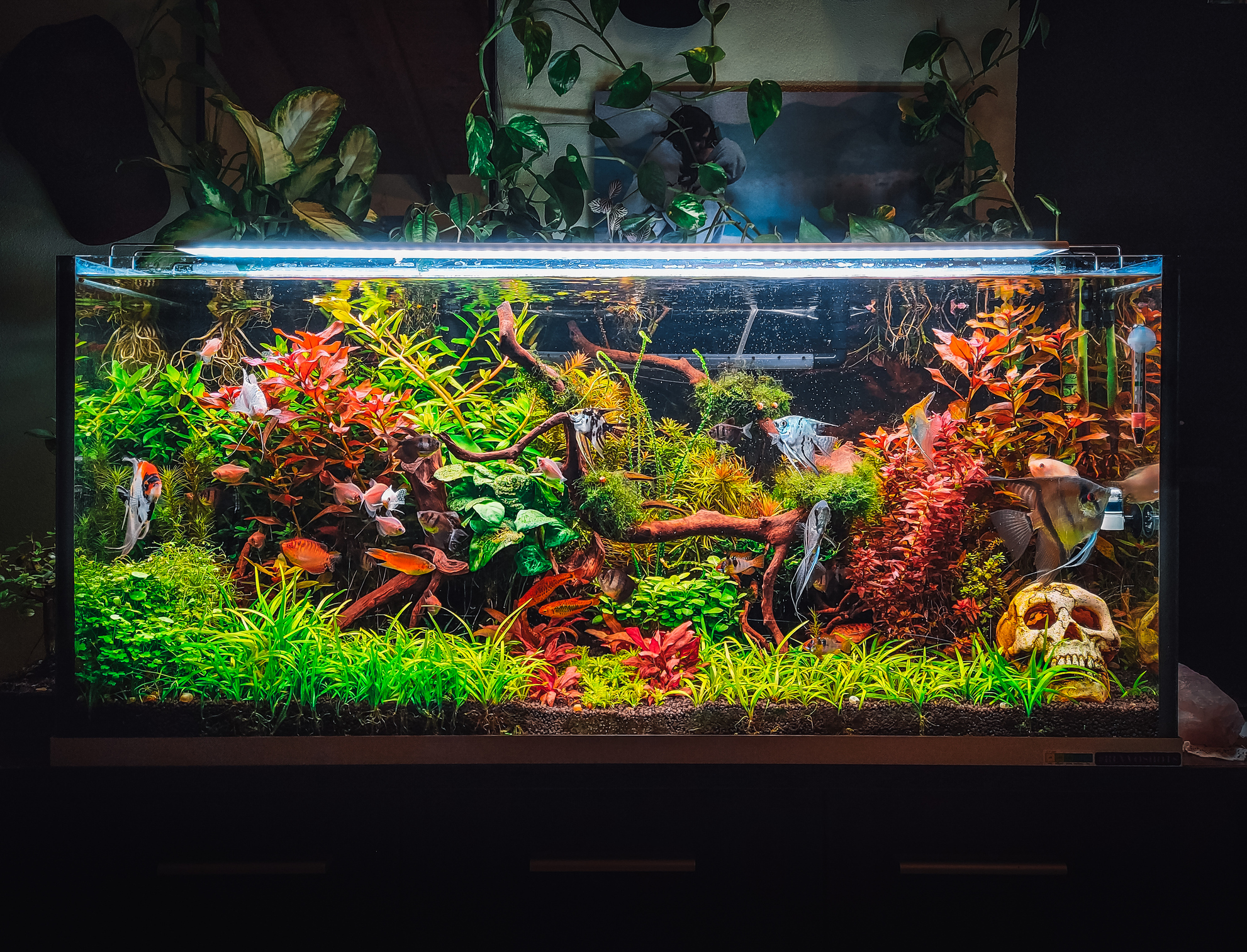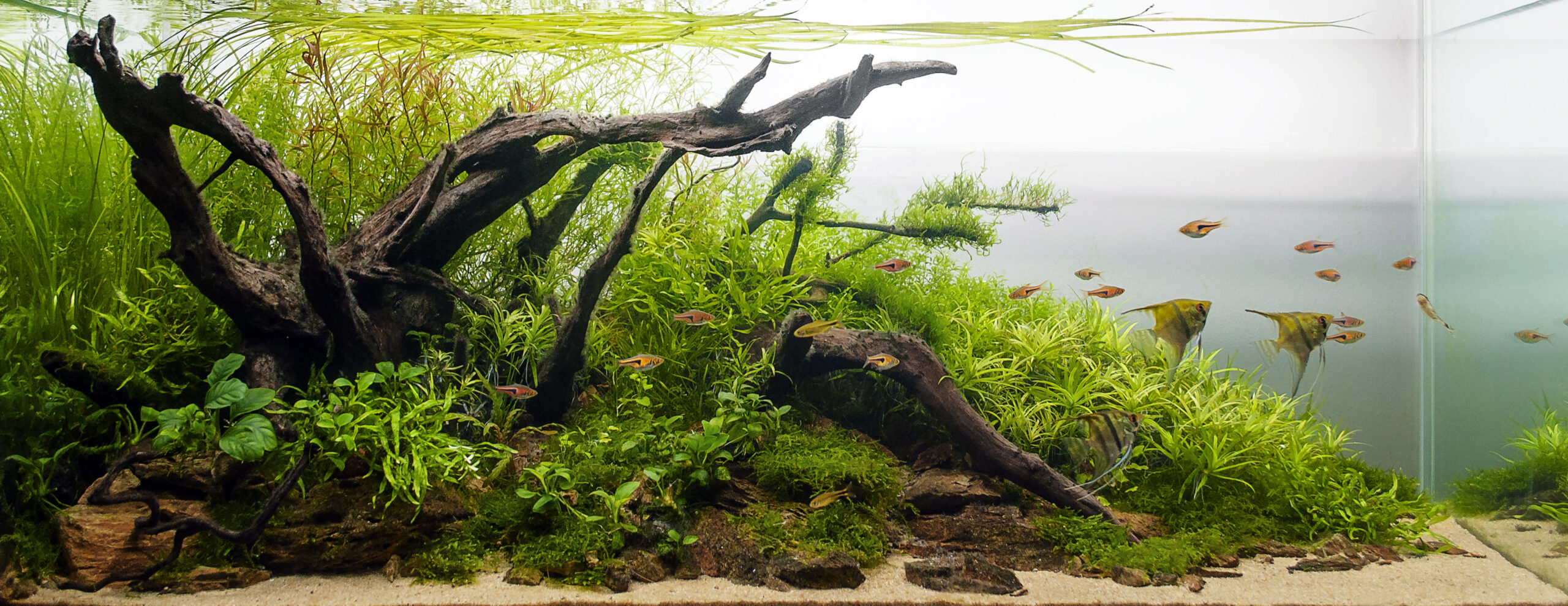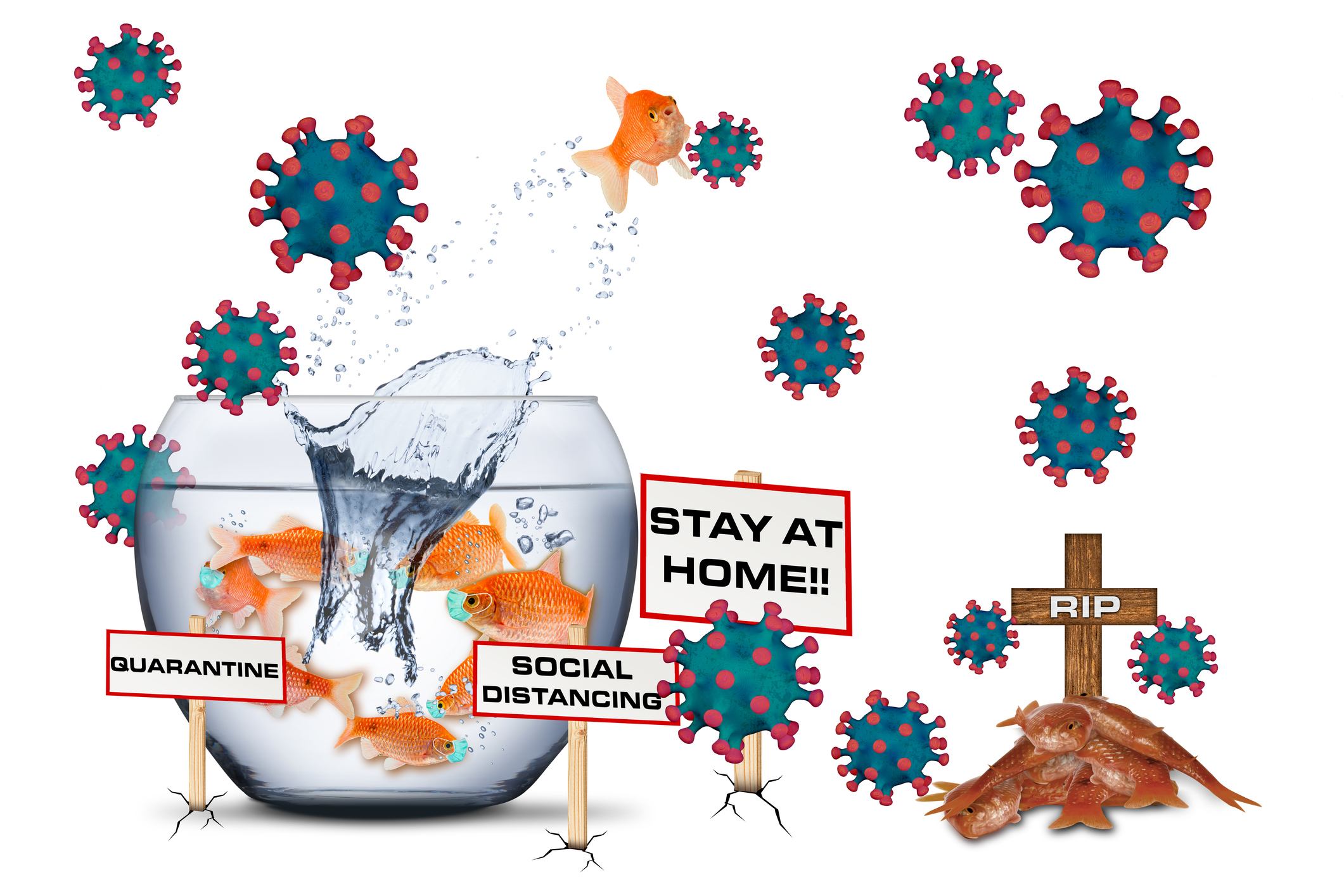Affiliate Disclaimer:
This site contains affiliate links. If you make a purchase through these links, we may earn a commission at no additional cost to you. This helps support our site and allows us to continue providing valuable content. Thank you for your support!
How often should I refresh my fish tank water? It’s a common question among those who are new to aquariums. Today let’s explore it! Stay with me because grasping this is crucial for keeping an aquarium that’s healthy and lively.
Table of Contents
The Significance of Water Changes
You might be asking yourself “Why is it necessary to change the water in my tank?” Here’s the deal; routine water changes aid in eliminating toxins, waste and excess nutrients that could harm your fish. The great part is, it’s simpler than you’d imagine.

Frequency of Water Changes
Let me guess, you’re thinking about a schedule? For most tanks, a weekly water change of 10-20% is ideal. This helps maintain water quality without stressing your fish. However, the frequency can vary based on the tank size, number of fish, and filtration system.
- Weekly Water Changes: For a typical tank, changing 10-20% of the water weekly keeps things balanced.
- Smaller Tanks: These may need more frequent changes due to limited water volume.
- Larger Tanks: These can often go a bit longer between changes but still benefit from regular maintenance.
Using Tap Water for Your Fish Tank; Is It Okay?
I can almost hear you asking, “Is tap water, for my fish tank?” The answer is yes….but there’s a catch. Tap water often contains chlorine and chloramine which can harm fish. So, what’s the solution? Use a water conditioner like Prime to neutralize these chemicals.
- REMOVER: Immediately and permanently removes chlorine and chloramine, successfully allowing the bio filter to remove ammonia, nitrite, and nitrate while they are detoxified for 48 hours.
- DETOXIFIER: Effectively detoxifies ammonia, nitrite, and heavy metals found in the tap water at typical concentration levels, providing an ideal environment for your betta, tetra, or other fish.
Here’s how it works:
- Treat the Water: use prime on tap water before adding it to your tank.
- Check Parameters: Make sure the pH, hardness and temperature of the water match your tank’s requirements with a liquid aquarium water testing kit. The liquid water test kits are much better than the strips. The strips are usually inaccurate!
- Helps monitor water quality and prevent invisible water problems that can be harmful to fish and cause fish loss
- Accurately monitors 5 most vital water parameters levels in freshwater aquariums: pH, high range pH, ammonia, nitrite, nitrate
- Use for weekly monitoring and when water or fish problems appear
Addressing Cloudy Water in New Aquariums
Now, this is important: new tanks often experience cloudy water due to bacterial blooms. This is normal and usually resolves on its own. But what if it doesn’t clear up?
Here’s the key:
- Avoid Overfeeding: Excessive food can cause cloudiness.
- Use Seachem Clarity to speed up the process: Seachem Clarity is a product I have used to speed up the process of clearing cloudy fish tank water.
- Be Patient: Allow time for the tank to establish its balance.
- Water clarifier for marine and freshwater
- Clears all types of clouding
- Reef and plant safe
Quick Tips for Crystal Clear and Healthy Water
Here’s something we can all agree on: clean, clear water is the goal. Follow these tips to achieve it:
- Keep an Eye on Your Fish: Healthy fish mean a healthy tank. Look out for any signs of stress or sickness.
- Opt for a Reliable Filter: Using a high quality filter can assist in keeping the water pristine and transparent. Try to have a filter that is made for a bigger tank than your own.
- Steer Clear of Overcrowding: Having too many fish can disrupt the balance of your tank’s ecosystem.
In Summary
So, what’s my point? Regular water changes are key to a healthy aquarium. By sticking to a routine, using treated tap water, and addressing any issues promptly, you’ll create a thriving environment for your fish. And the best part is, it’s not as daunting as it seems.


